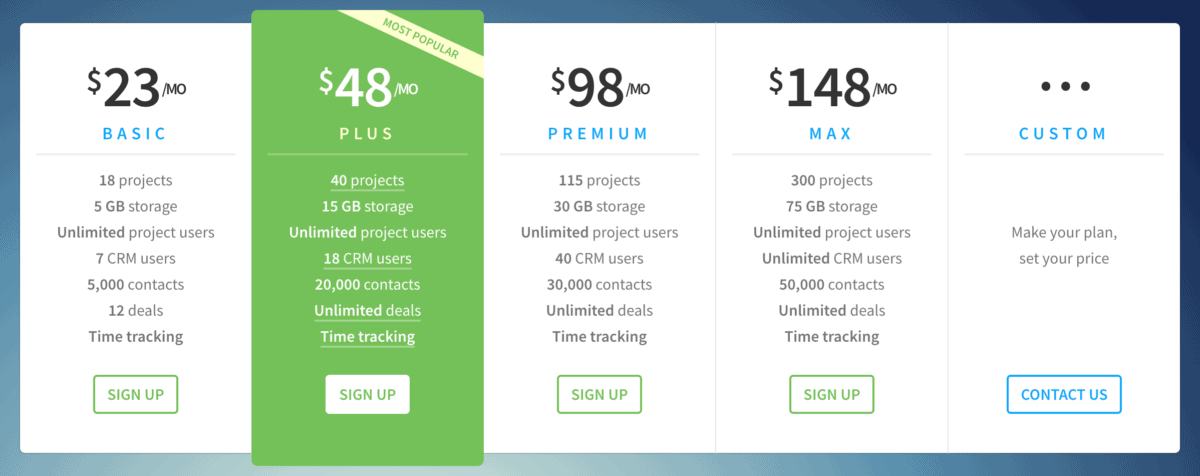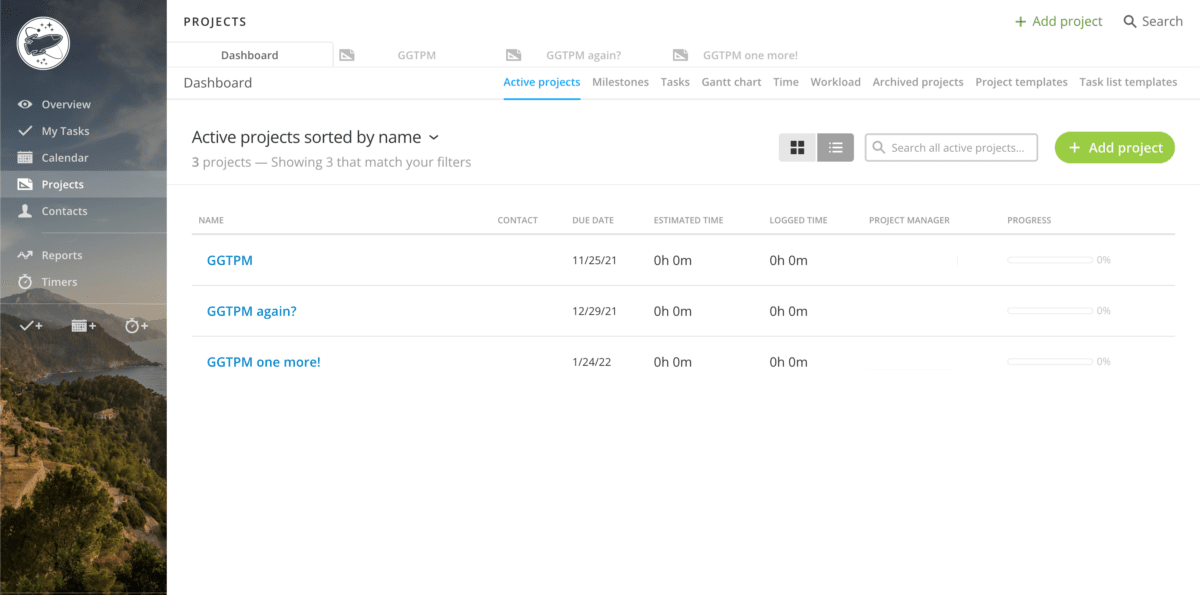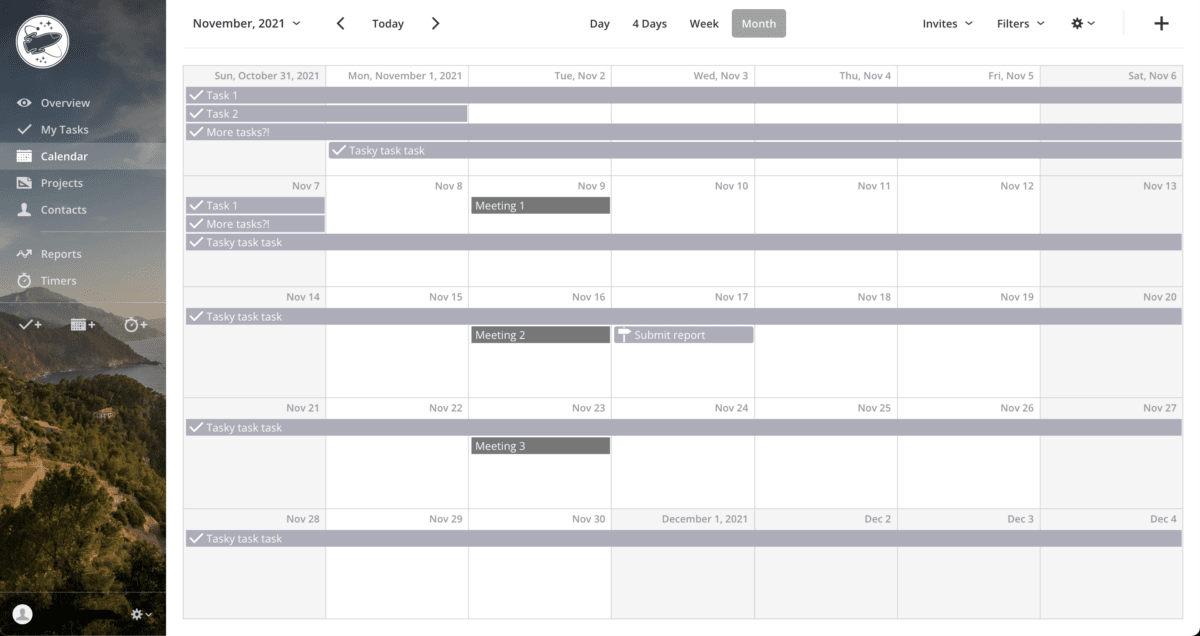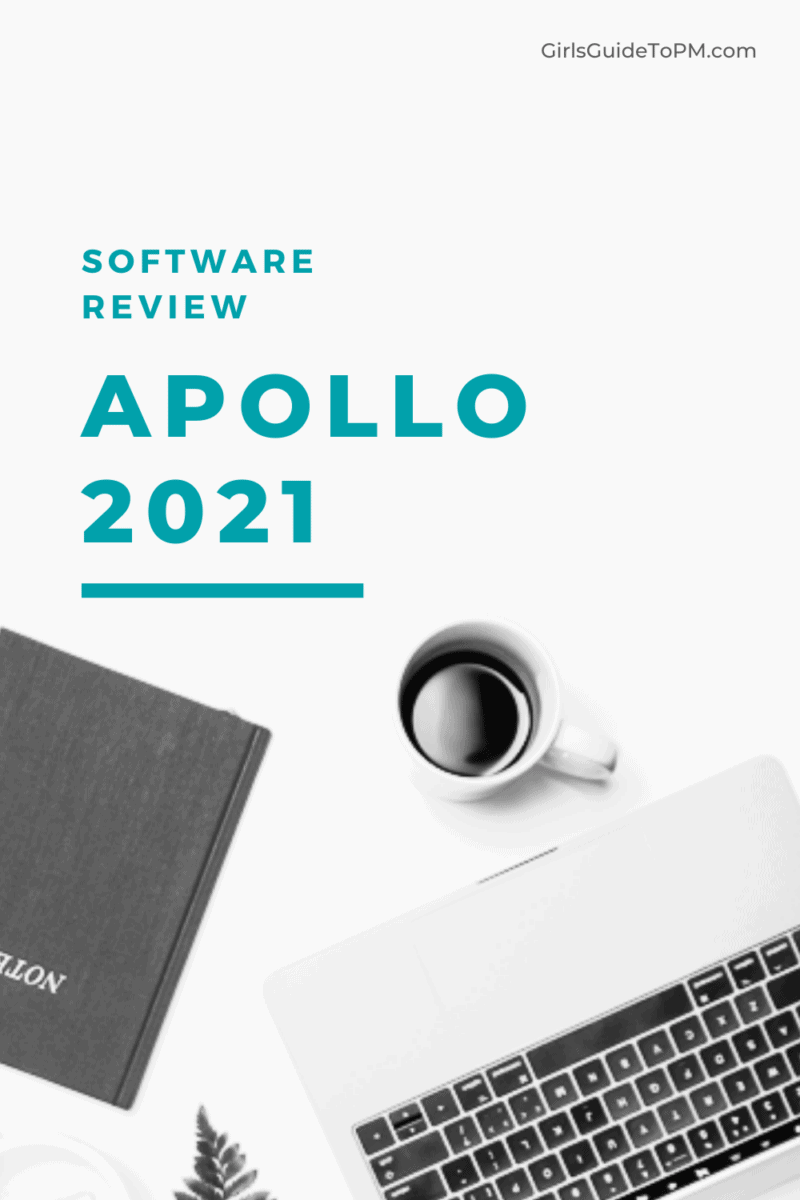Software review: Apollo
Read our review guidelines.

General information
Name: Apollo
Vendor: Applicom
Hosting options: Cloud hosted version only
Cost and plans: solo $14/mo; basic $23/mo; plus $48/mo; premium $98/mo; max $148/mo
Languages: English and Italian. German, Spanish, and French are in the pipeline.
Currency: Can’t find any options for financial information at all.

Basic features: building projects
From the beginning, I was very impressed with Apollo. It’s easy to create a new project. From the Projects Dashboard, click ‘Add Project’, and then enter the project’s name. You can group projects by category, which could be useful if you needed to separate projects by client, for example.

Within a project you can create a task list, then add tasks to it. You can also add priorities to the tasks, which is excellent. There doesn’t seem to be a way to add milestones, though you can add start and end dates, as well as log time directly to any task. This is where Apollo stumbles a bit it doesn’t follow the ‘normal’ conventions of groups of tasks (though you can add them to projects) or the ability to link to milestones. You can link dependencies between tasks, but not to milestones for some reason. There is a Gantt chart view where you can add more tasks or adjust their due dates, but you can’t move the milestones from that view and have to click into the milestone window to make any adjustments.
It is easy to add people to tasks. However, I think Apollo would be confusing if you had dozens and dozens of people using it. For a small team, working on small projects, it is good.
I am particularly impressed by the Calendar view. The only extra feature I would like to have is the option to color-code tasks and milestones as they appear on the Calendar, so as to make a graphical distinction between the projects. With the grey on grey things could easily get missed.

Time-tracking and notifications
Project management software seems to be moving towards integrated time tracking, and Apollo is no exception. It has the feature to create a timer, enabling you to ‘clock in’: start the clock when you begin working on a task and clock off when you are finished. This is really handy, and is a good alternative to traditional timesheets – I can see this working well for team members with flexible working arrangements.
Apollo will also send out email reminders to team members, when you are assigned to tasks or when they are upcoming or overdue. There are a variety of other notifications settings of whether you want to be sent daily digests or whether there are new comments etc. The email task reminders are automatically turned on for new profiles, but of course you can switch them off if you start to suffer from information overload.
Reporting features
There are a variety of different standard reports, many have different filter dropdowns if you want to customize. Though they do have to option to print the reports I don’t see an option to export data yet at this time. Although in the task area you can download the task list as a CSV file, but that option isn’t available for the reports.
Though you can view time reports and print them, the inability to export time spent on tasks or projects is a definite disadvantage. As I’ve said, Apollo would be great for small teams and small projects. Having the ability to export into excel, word, or CSV would be helpful for larger teams that need to compile numbers into invoicing systems for billing clients. Currently there are no integrations available for billing.
Collaborating with others
You can add external users to your Apollo workspace, and limit what they can see. This is useful, especially if you are working with a number of suppliers.
There is the option to add comments to tasks, so you could comment on a task that someone else is working on. You can also upload your photo so team members can see what you look like. You can change your status as well, so if others are using the workspace they can see if you are available or on leave or whatever. However, general collaboration options with this tool are limited, and there is currently no support for smartphone apps.
In summary…
Overall, the interface is well designed and very straightforward – though there is still room for some more user-friendly touches. I’ve focused quite heavily above on the things that Apollo doesn’t do well. However, the proof is in the using. And I did start using it. I have written dozens of project management software reviews over the last 10 years and I haven’t adopted any of them for my personal use. I honestly never thought I would find a product that I would actually use.
It isn’t full of features. But it is easy to use and nicely put together. For managing my projects, it works. I can organize tasks and projects, and work from a calendar of upcoming deadlines. I can schedule meetings, and set up reminders. All it needs is for the option to color-code my projects and I’ll be very, very happy with it. I can, however, live without those extras. Because finally, I have found a project management software tool that I will actually use for my business.
**Disclaimer, as of 2021 I am no longer using Apollo, but I did like it from the first time I opened it and it served me well for the time that I did use it.
Pin for later reading:

